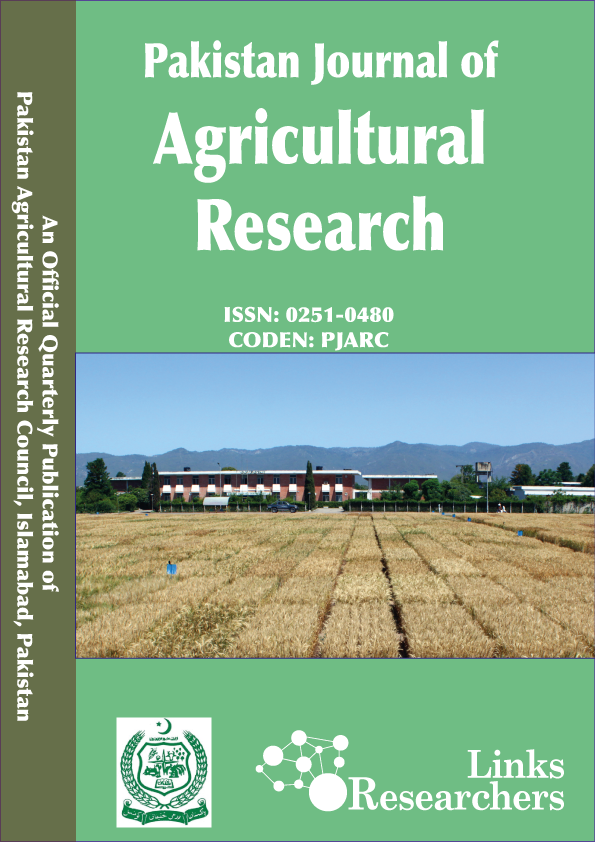Optimizing Poultry Production: Nutritional Interventions, Management Practices and Diagnostic Approaches for Fatty Liver Disease in Layers
Optimizing Poultry Production: Nutritional Interventions, Management Practices and Diagnostic Approaches for Fatty Liver Disease in Layers
Bilal Javid*, Hafiz Muhammad Bilal Akhtar, Tahira Kamal and Muhammad Naeem Riaz
ABSTRACT
Fatty liver disease (FLD) in layers presents considerable challenges to production, efficiency and animal welfare. This comprehensive review explores the etiology, mechanism of disease development, risk factors, diagnostic methods, and especially the role of nutrition in causing Fatty Liver Disease in layers. FLD is characterized by the excessive accumulation of lipids in hepatocytes. It is a multifactorial disorder influenced by various factors including genetics, nutrition, environment, and management practices. The economic impact of FLD on egg production and quality, as well as the welfare implications for affected birds, necessitates a thorough understanding of its mechanisms and management approaches. Diagnostic techniques such as histopathology, biochemical assays, and imaging modalities are crucial in identifying and monitoring FLD progression. Dietary changes, stress management, and welfare interventions are all included in management techniques because they are meant to minimize stress and maximize liver function. Animal welfare is greatly affected by the living environment of poultry. The influence of cage and cage-free housing systems on overall bird health, disease, stress, and behavior is variable. Preventive measures and early detection are strong strategies to alleviate the possible risk of occurrence of FLD. The current review may help to cover the research gaps regarding FLD in poultry as it provides insights on, different diagnostic tests from published research, the effect of different housing systems on poultry health, pathogenesis, associated risk factors, and good management.
To share on other social networks, click on any share button. What are these?







